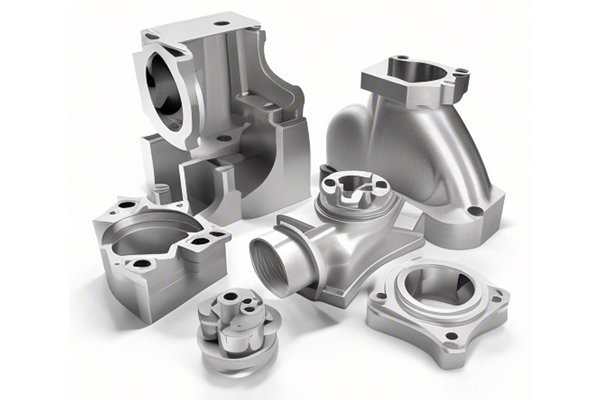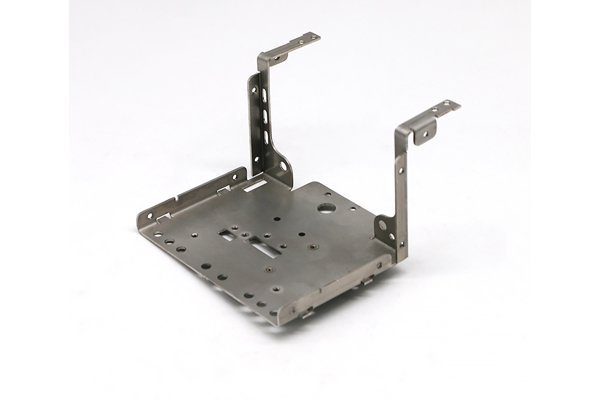: The Importance of Safety in CNC Machining Brass
Did you know that brass, an alloy primarily composed of copper and zinc, has been used for thousands of years, dating back to ancient civilizations? Its unique properties, such as excellent machinability, corrosion resistance, and aesthetic appeal, have kept brass in high demand for various applications—from musical instruments to plumbing fittings. However, while CNC (Computer Numerical Control) machining of brass offers numerous advantages, it also presents unique safety challenges that cannot be overlooked.
As the CNC machining industry continues to grow, it’s crucial to prioritize safety protocols to protect workers and ensure the quality of the final product. But what safety precautions should be taken when CNC machining brass? In this comprehensive guide, we will explore essential safety practices, potential hazards, and effective solutions to create a safer work environment for machinists.
Understanding CNC Machining of Brass
CNC machining is a manufacturing process that uses pre-programmed computer software to control the movement of machinery and tools. It allows for high precision and the ability to produce complex shapes in materials like brass. However, the high-speed operations and the characteristics of brass can pose various risks, making it essential for operators to understand how to mitigate them.
Potential Hazards in CNC Machining Brass
Essential Safety Precautions for CNC Machining Brass
To mitigate the risks associated with CNC machining brass, it’s important to implement a comprehensive safety plan that addresses the potential hazards outlined above. Below are essential precautions to promote a safer workplace:
Ensuring that all machinists wear appropriate PPE is one of the simplest yet most effective ways to prevent injuries. The necessary PPE includes:
Regular maintenance of CNC milling machines and tools helps to identify problems before they lead to issues. Key maintenance tips include:
Brass machining can produce harmful fumes and dust; hence, adequate ventilation is essential in the workspace:
CNC machines often come equipped with safety features to help prevent accidents. These features should be utilized effectively:

Proper training of all CNC operators is vital for safe operations:
Implementing ergonomic practices can reduce the risk of musculoskeletal injuries:
Conducting regular risk assessments can help organizations identify potential hazards and prevent accidents:
Key Procedures for Safe CNC Machining Brass
Following proper procedures during CNC operations is critical. Here’s how to execute safe CNC machining:
Before starting any CNC operation, machinists should perform thorough checks to ensure safety:
During machining:
: Why Safety in CNC Machining Brass is Worth Prioritizing
The CNC machining of brass can yield outstanding results, but the safety of workers should never be an afterthought. By implementing comprehensive safety measures and promoting a culture of safety, organizations can greatly reduce the risk of accidents, enhance productivity, and ensure high-quality outcomes.
From wearing appropriate PPE to conducting regular training and audits, the importance of safety practices in CNC machining cannot be overstated. Incorporating these methods into your operations can protect employees and lead to more efficient and effective machining processes.
In an industry where precision and accuracy are paramount, ensuring a safe working environment is foundational to achieving your company’s goals. Next time you consider the CNC machining process, remember these safety precautions—and keep your workshop secure, efficient, and productive.
Making safe decisions today will contribute to a sustainable, thriving manufacturing environment for tomorrow!






